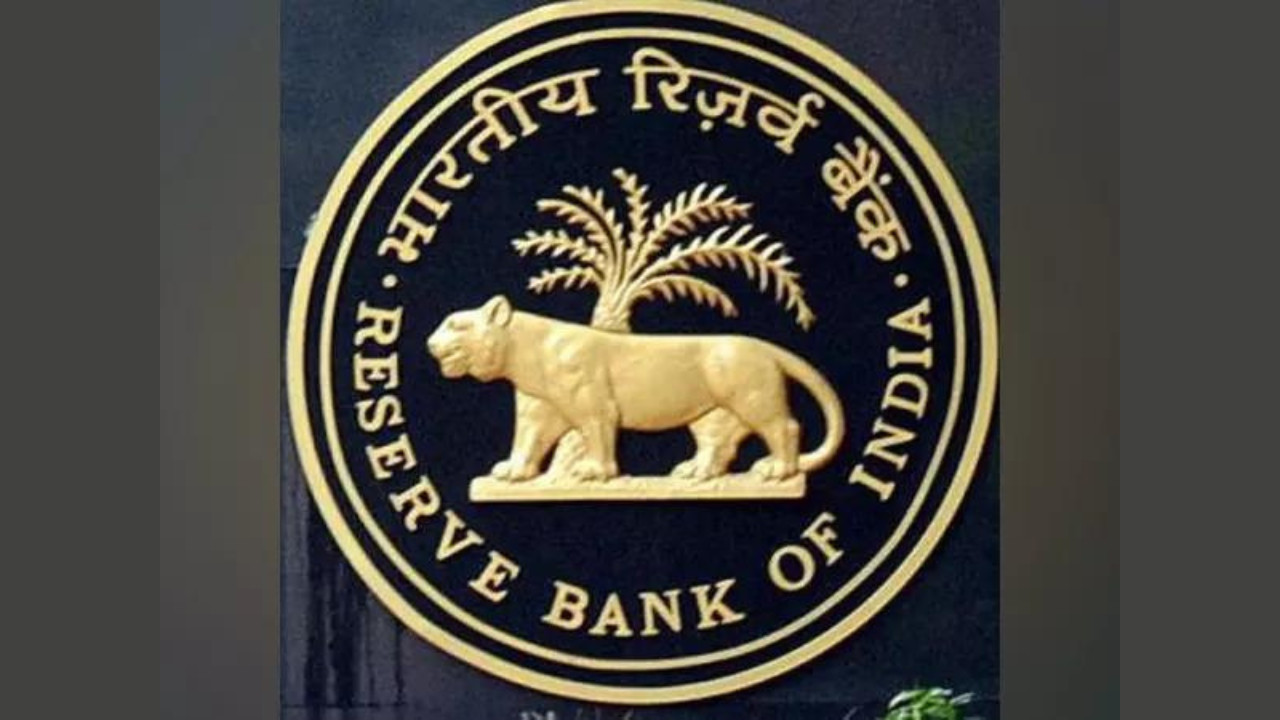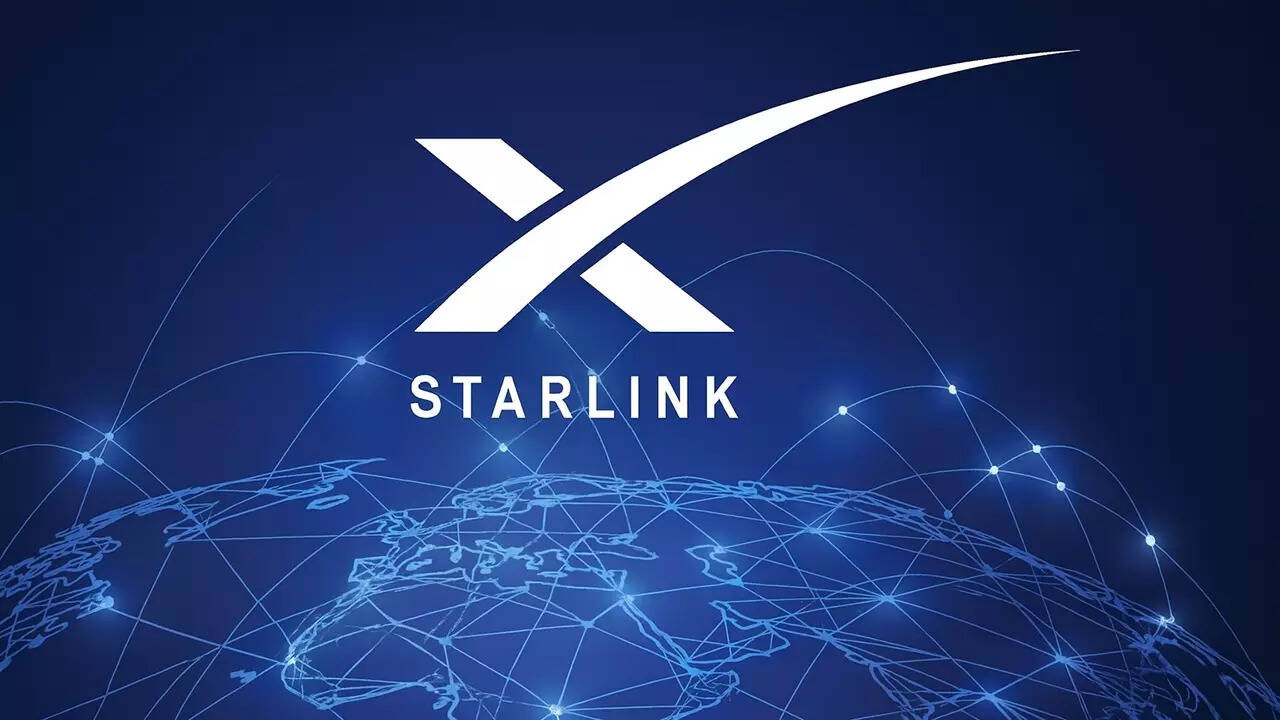Following the RBI’s repo rate cut, public and private sector banks are adjusting lending rates. Existing borrowers with floating-rate loans are poised to benefit more due to automatic rate reductions. Banks are tweaking spreads on home loans and may lower fixed deposit returns to protect profitability, potentially impacting new borrowers and savers.
Rate Cuts: Is This the Relief We’ve Been Waiting For?
Okay, let’s talk money. And not just any money, but the kind that impacts pretty much everyone: loan interest rates. You know, those pesky percentages that determine how much more you pay back than you originally borrowed? Well, things just got a little more interesting, and potentially a little easier on the wallet.
The buzz in the financial world today centers around a handful of public sector banks – specifically, four of them – deciding to trim their lending rates. Why should you care? Because these rate cuts, however modest, could signal a turning of the tide in the borrowing landscape. It’s like a tiny crack in the dam, hinting at a potential flood of cheaper credit. Or, you know, maybe just a steady trickle. Let’s not get ahead of ourselves.
So, what triggered this ripple effect? It’s all thanks to the Reserve Bank of India (RBI), our country’s central bank and the ultimate puppet master of monetary policy. They recently tweaked some of their own key rates, creating a bit of breathing room for banks to lower their lending rates. Think of it as the RBI easing its grip, allowing banks to be a little more generous with their loan offers.
But, and this is a big but, these aren’t massive, earth-shattering cuts. We’re talking about reductions in the neighborhood of 5 to 10 basis points – that’s 0.05% to 0.10%, for those of you who don’t speak banker-ese. On the surface, it might not seem like much. You might be thinking, “Seriously? That’s it?” And honestly, you wouldn’t be wrong to be a little underwhelmed.
However, context is everything. In a world where interest rates have been steadily climbing for what feels like an eternity, any downward movement is worth paying attention to. It’s a psychological win, a signal that the relentless upward pressure might be easing. And psychologically, feeling like you’re not getting constantly squeezed can make a huge difference.
Beyond the psychological boost, even a small reduction in interest rates can translate into real savings, especially for those with large loans like home loans or business loans. Over the lifetime of a mortgage, even a fraction of a percentage point can add up to thousands, even tens of thousands, of rupees. Suddenly, that tiny cut doesn’t seem so insignificant, does it?
Now, the million-dollar question: will this trend continue? Will other banks jump on the bandwagon and offer even more competitive rates? That’s the burning question on everyone’s minds. The answer, unfortunately, is a classic “it depends.” A lot will hinge on how the broader economy performs, future RBI policy decisions, and the overall appetite for lending.
What’s really interesting is that this move comes at a time when the economy is showing mixed signals. While some indicators point to continued growth, there are also concerns about inflation and global economic headwinds. Banks are walking a tightrope, trying to balance the need to attract borrowers with the need to protect their own profit margins and manage risk.
So, what should you do with all this information? Well, if you’re in the market for a loan, now is definitely a good time to shop around and compare offers from different banks. Don’t just blindly accept the first rate you’re quoted. Use these rate cuts as leverage to negotiate a better deal. Even a small reduction can make a big difference in the long run.
And even if you’re not actively looking for a loan, it’s always a good idea to keep an eye on interest rate trends. These things can change quickly, and knowing what’s happening in the market can help you make smarter financial decisions.
Ultimately, these modest rate cuts are more than just numbers on a spreadsheet. They represent a glimmer of hope that the era of ever-increasing borrowing costs might be coming to an end. Whether that hope blossoms into a full-blown revolution in the lending landscape remains to be seen. But for now, it’s a welcome sign, a small victory for borrowers, and a reminder that even the smallest changes can have a significant impact on our financial lives. Stay tuned, and keep your eyes peeled on those interest rates! The story is far from over.
📬 Stay informed — follow us for more insightful updates!







